Aster (Asteraceae)
Dotted Blazingstar
Liatris punctata Hook.The common name of this fall-flowering prairie plant comes from its speckled leaves. It has deep roots making it resistant to drought, and rhizomes adapted to fire that enable it to thrive after a burn. Indiginous groups have used Dotted Blazingstar for medicinal purposes and food. Its roots can be eaten cooked or raw, and plants are often enjoyed by prairie grazing animals. This plant also provides nectar for butterflies and seeds for birds.
Flower Colour:
- Purple
Flowering Season:
- Summer
- Fall
Flowering Months:
- August
- October
- September
Canadian Rarity Status:
Not rare
Physical Appearance:
This perennial plant grows 20 – 60 cm tall. The erect, leafy, unbranched stems occur singly or in clusters. Its leaves are narrow, long, and speckled with tiny depressions. Flowering heads consist of 4-6 disc flowers, and have a hairy leaf-like bract. Up to 30 heads occur in dense spike-like clusters, making up about one third of the plant’s height. Each single-seeded fruit is dry, with a tuft of fluffy hairs.
Similar Species:
Gardening Notes:
Seeds and/or plants are typically available from greenhouses and seed supply companies specializing in native plants. This is a good plant for butterfly, bird, prairie/meadow, and container gardens.
Canadian Distribution:
- Alberta
- Manitoba
- Saskatchewan
Prairie Types:
- Fescue Prairie
- Mixed Grass Prairie
Habitats:
- Prairies
- Rocky Slopes
Moisture Conditions:
- Dry
- Moderate
Light Preference:
- Full Sun
Soil Preference:
- Calcareous
- Loam
- Sand






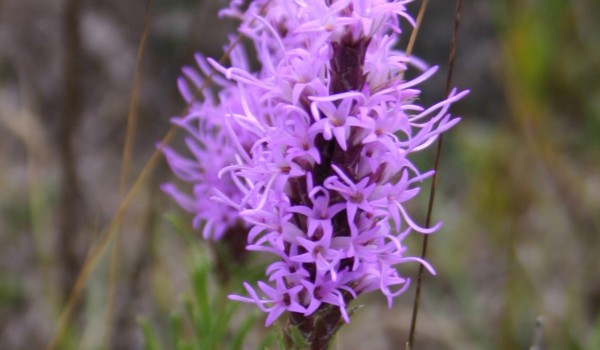
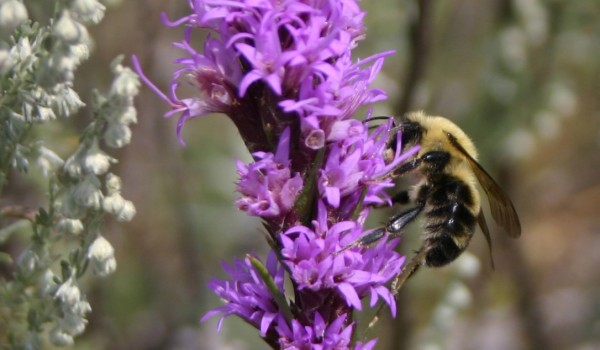
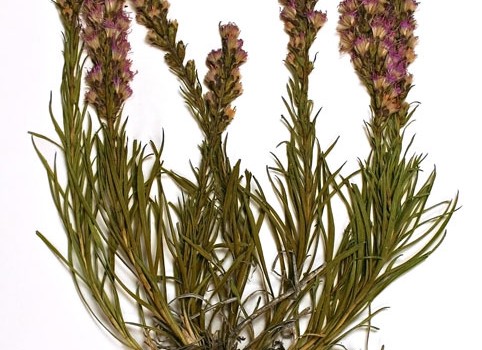
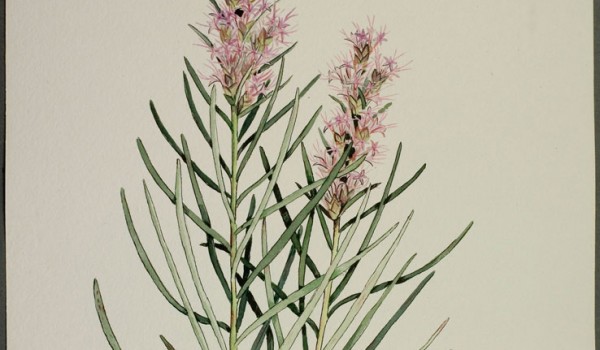
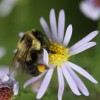 Bumble, Honey, and other Bees (
Bumble, Honey, and other Bees (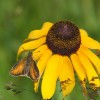 Skippers (
Skippers (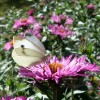 Whites, Sulfurs, Orangtips, Marbles (
Whites, Sulfurs, Orangtips, Marbles (